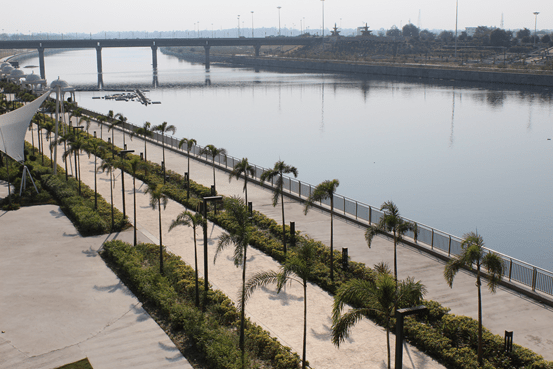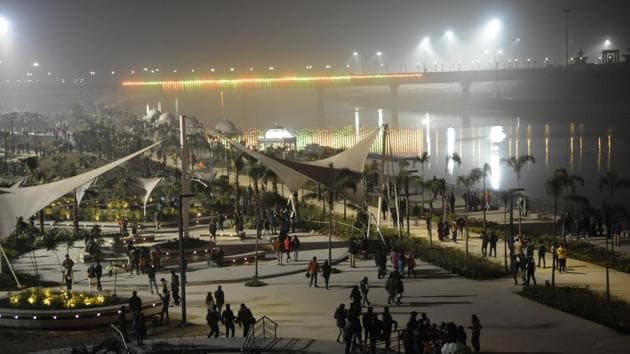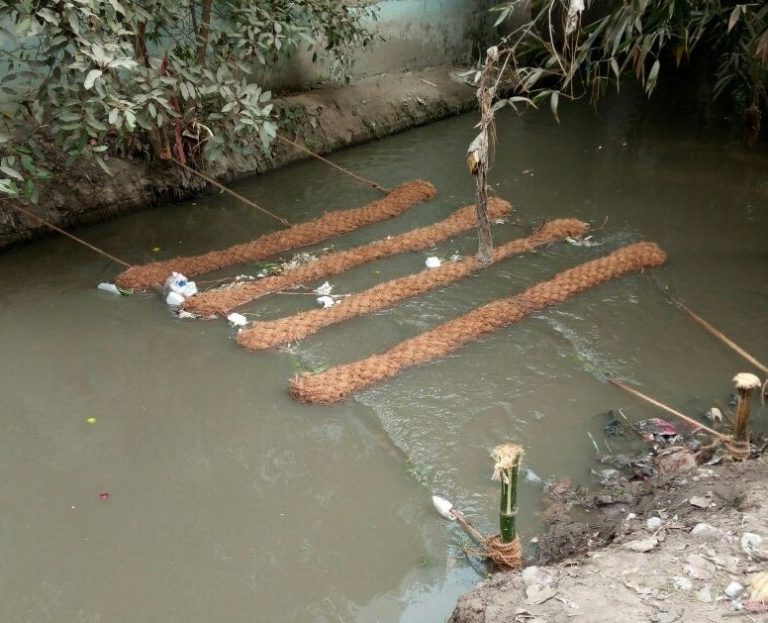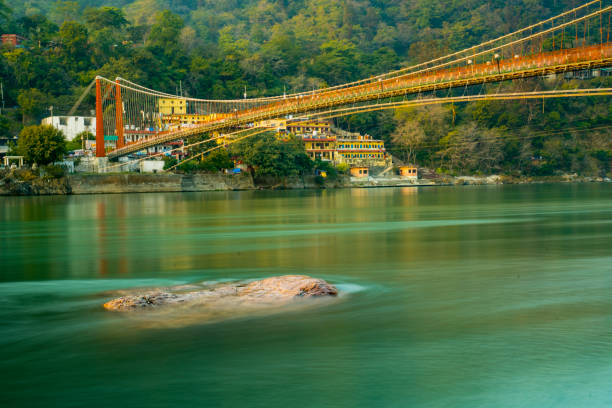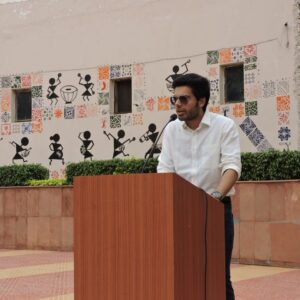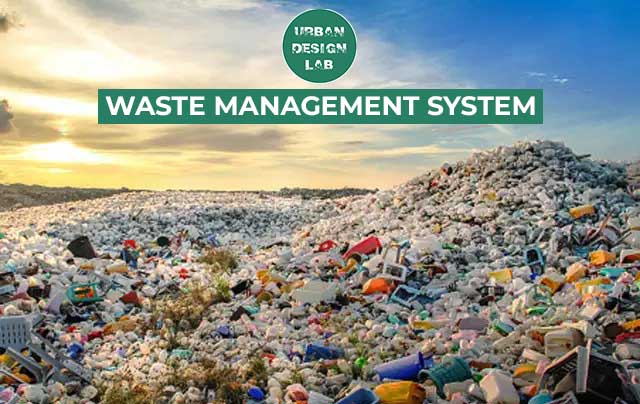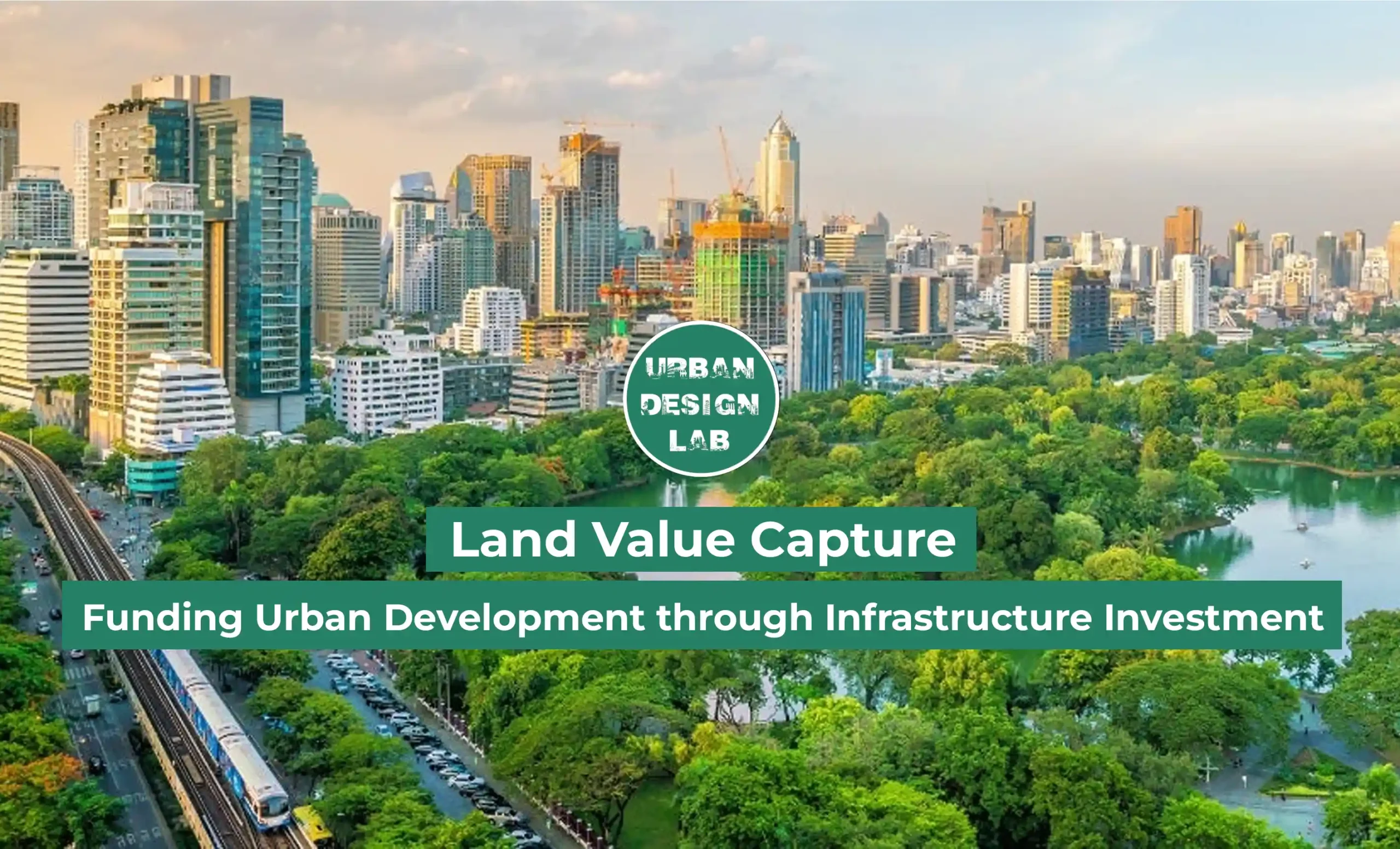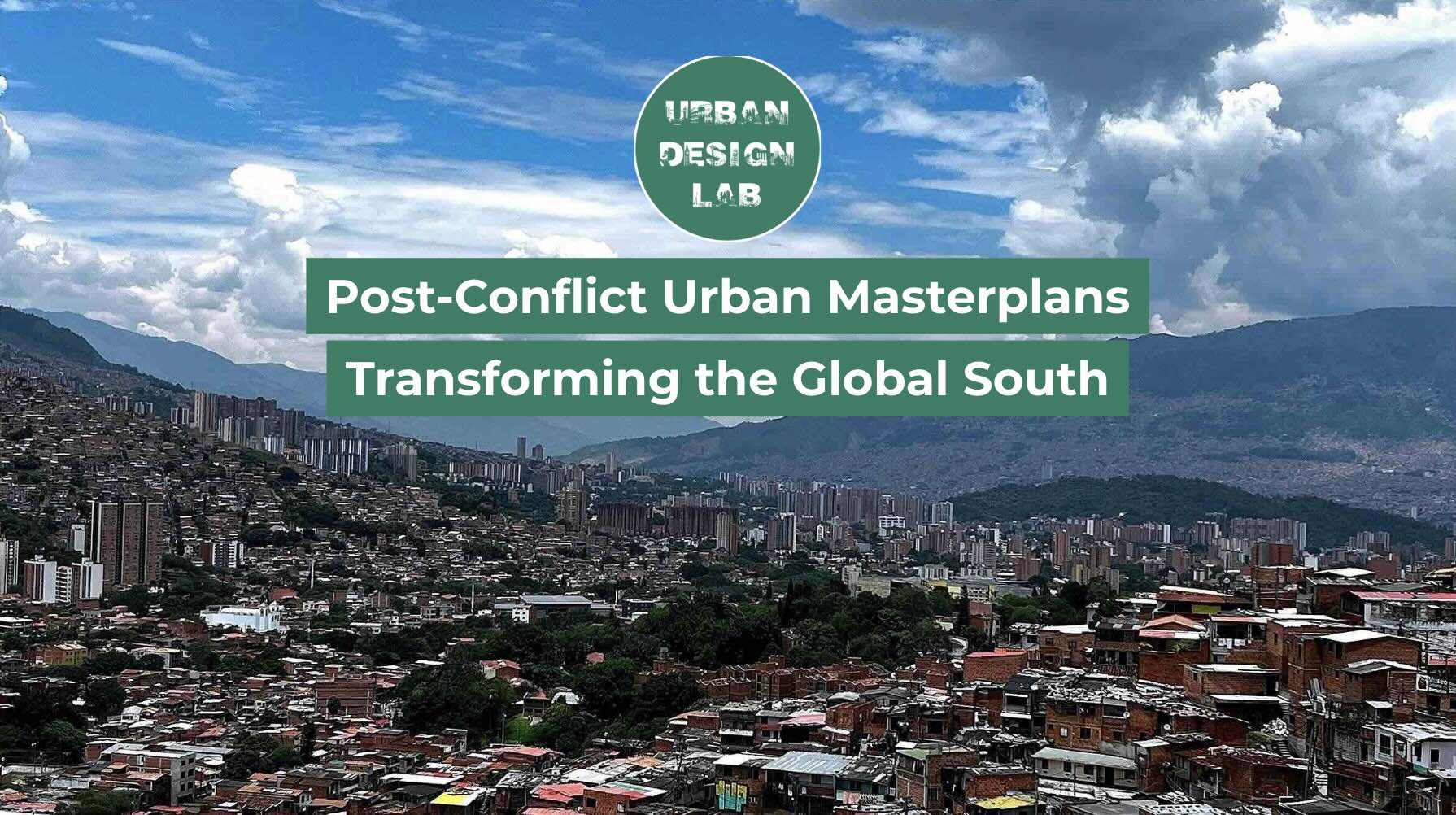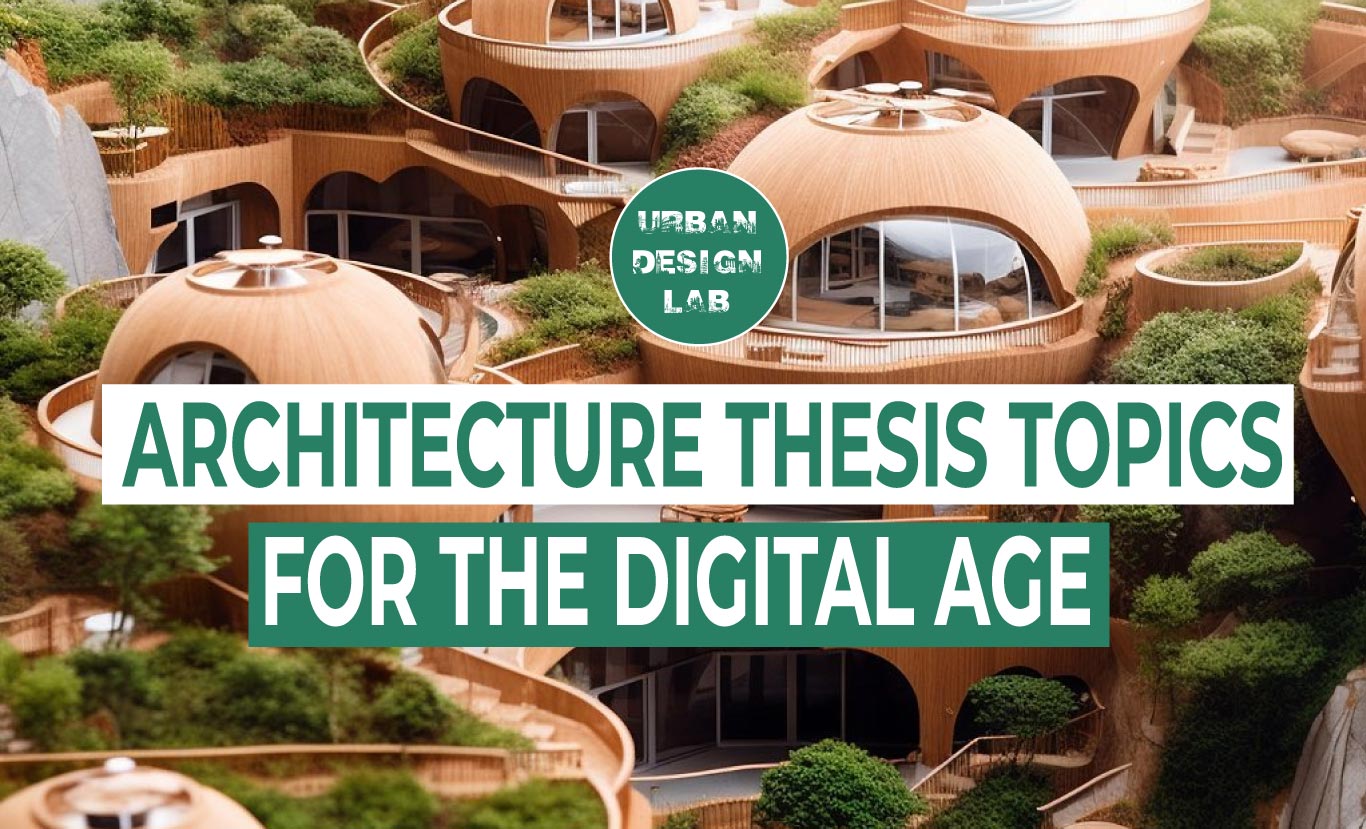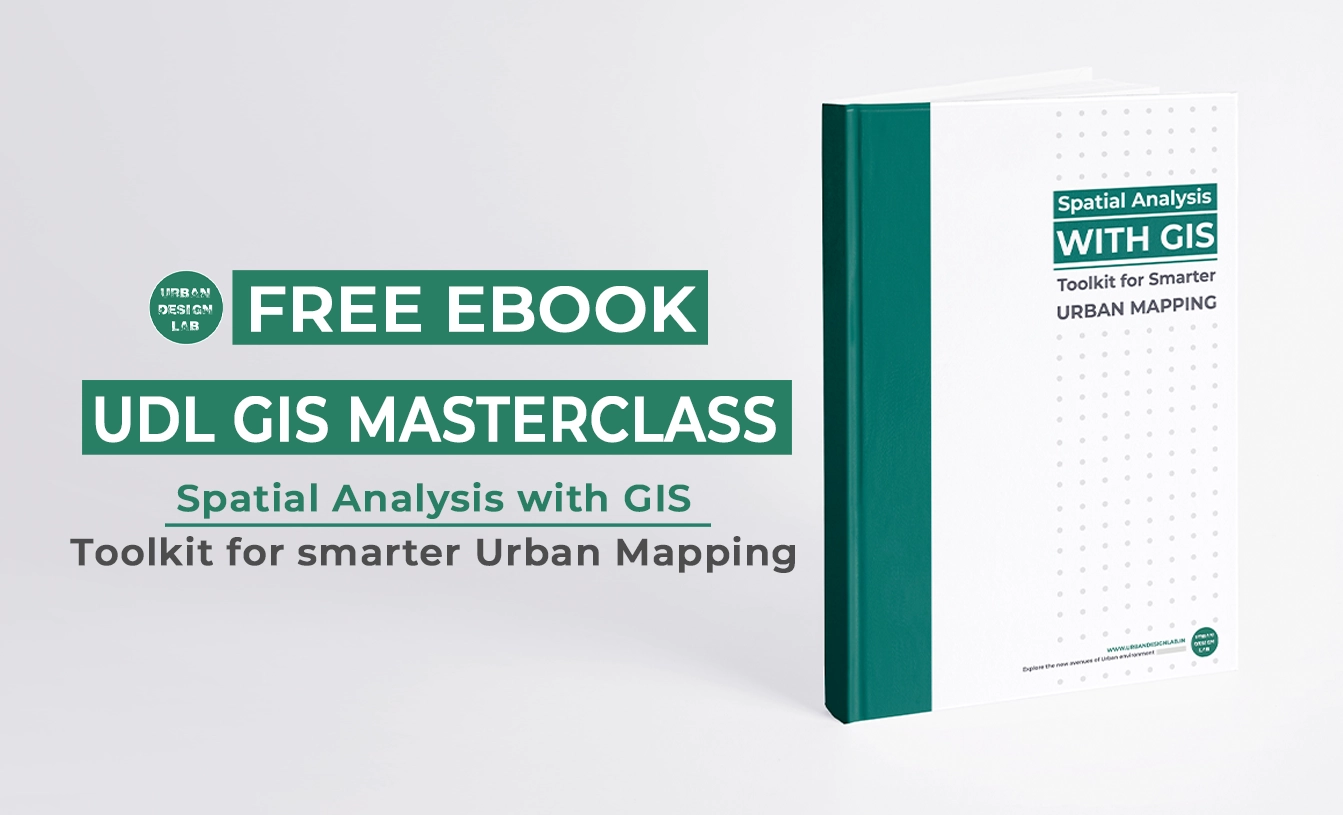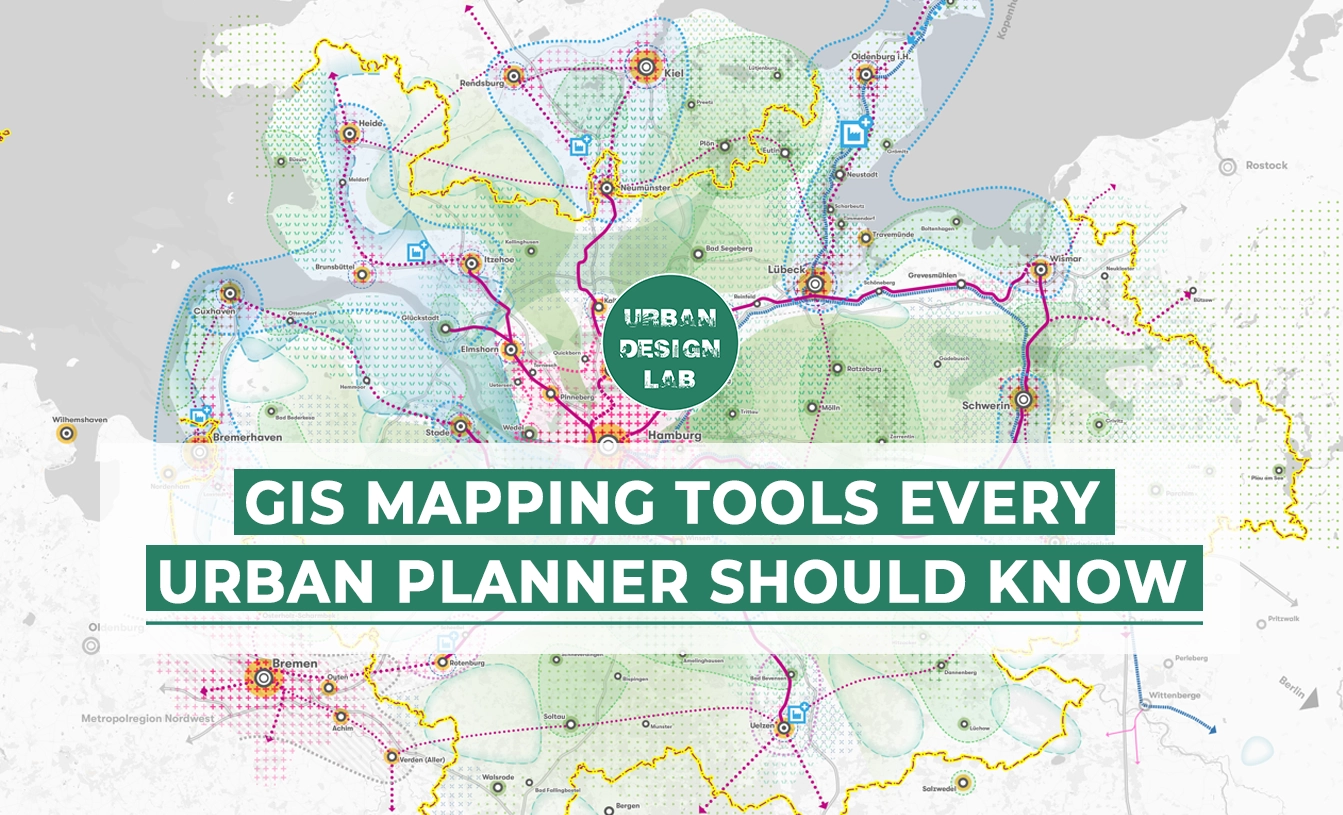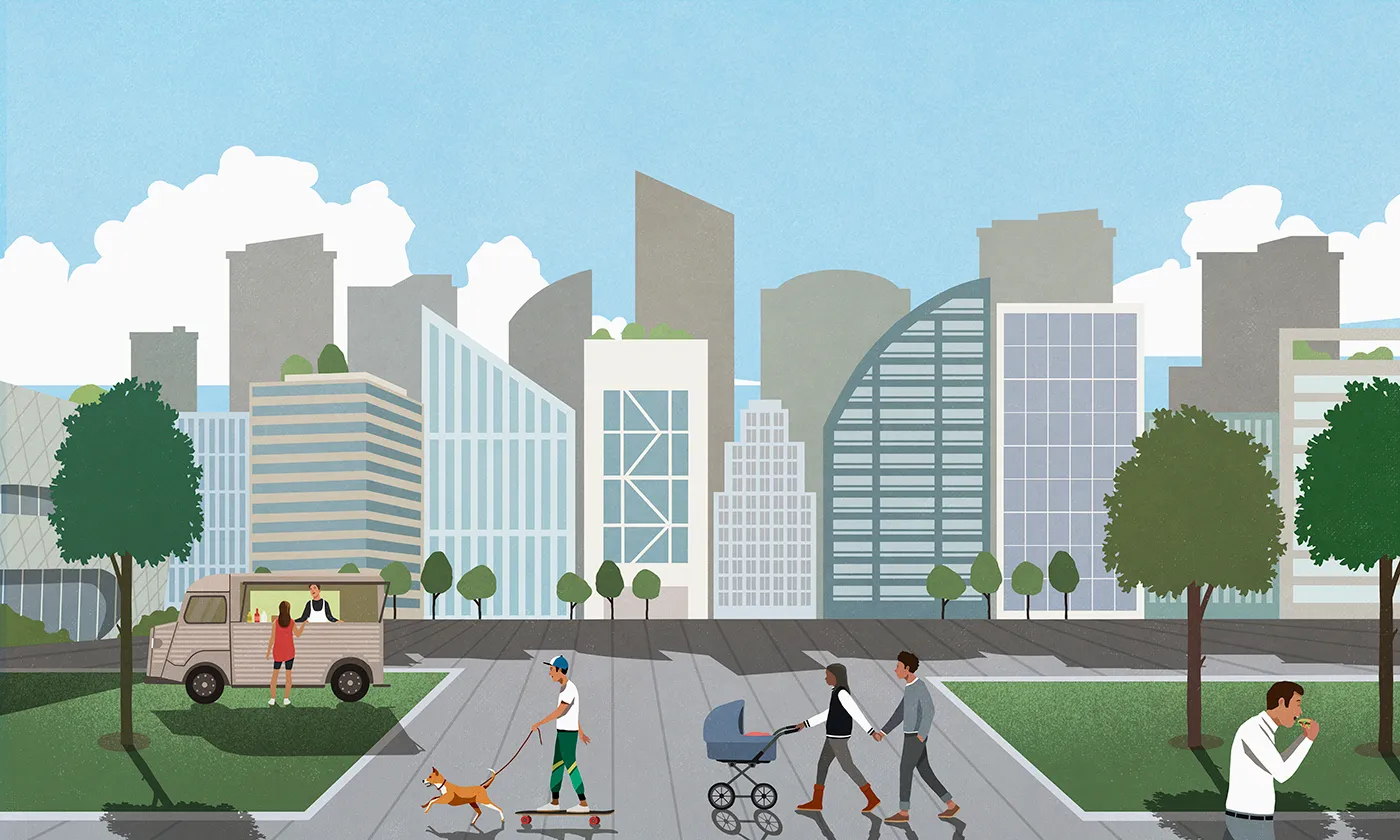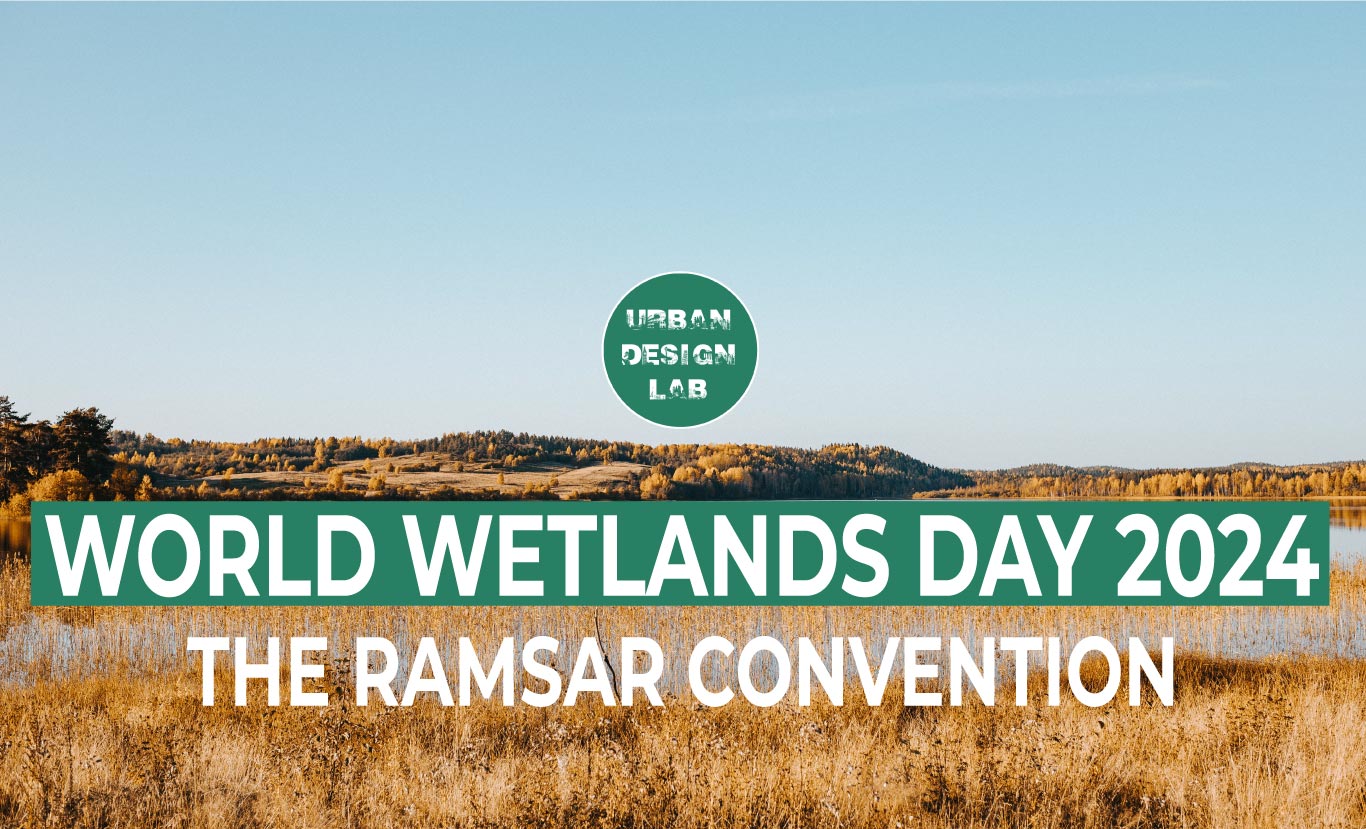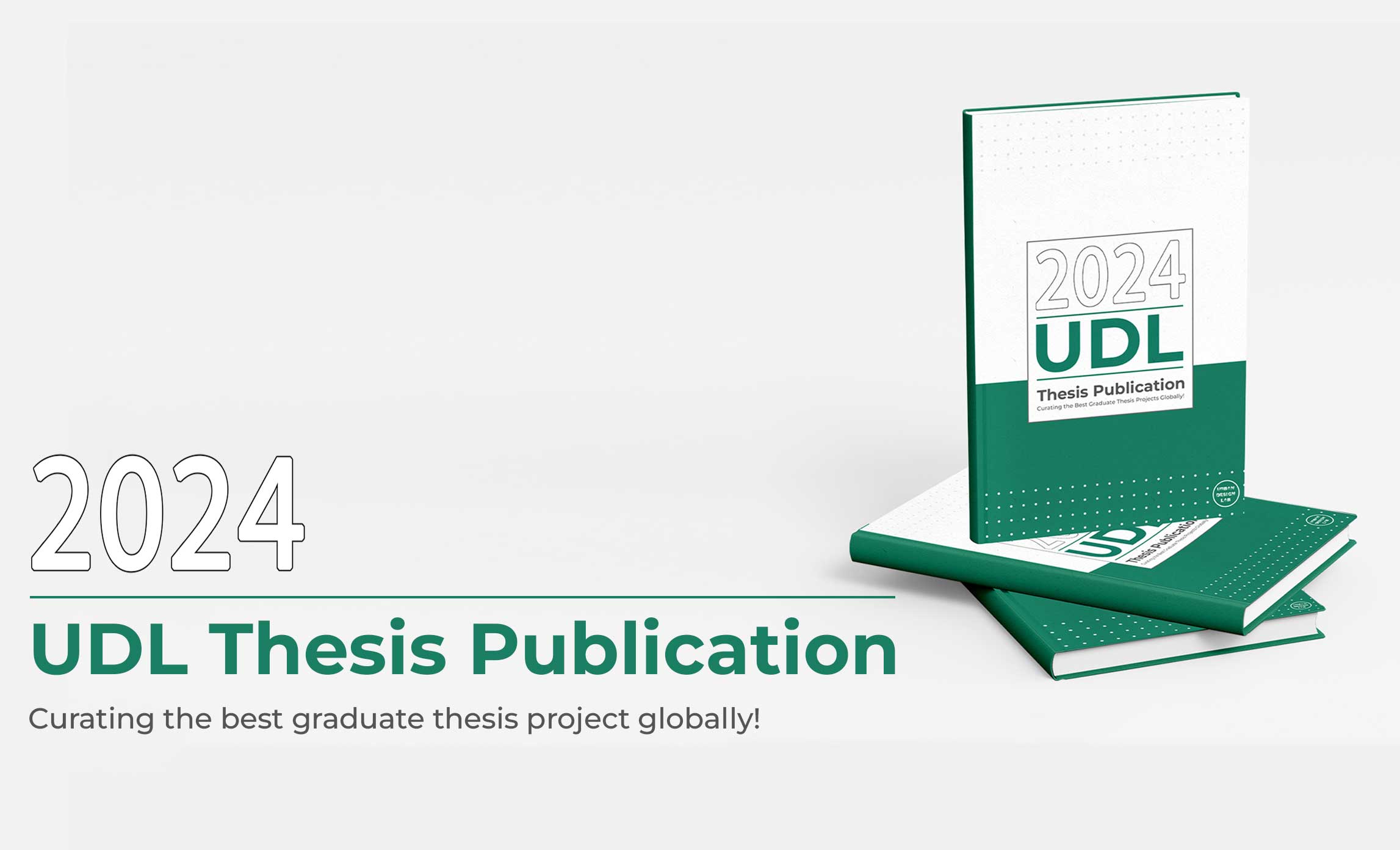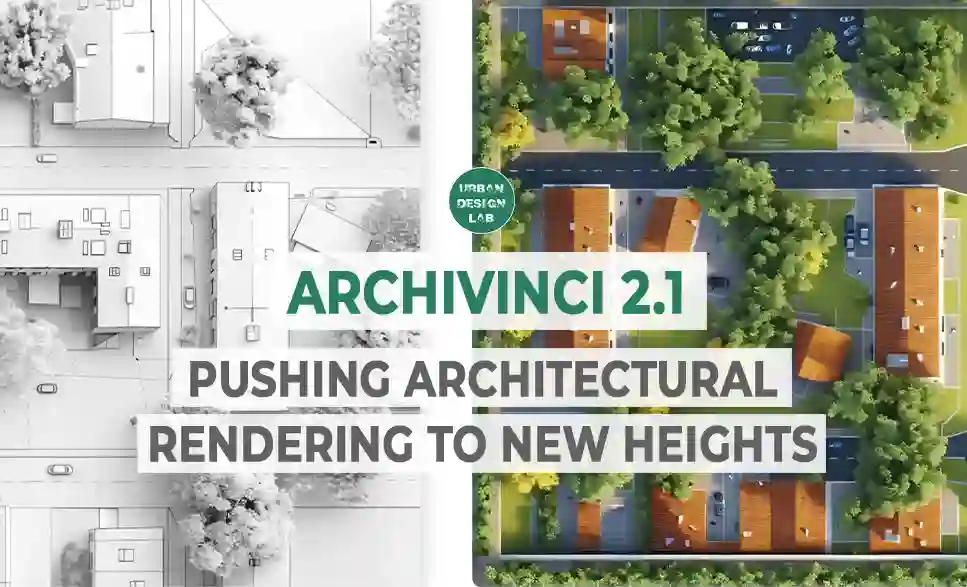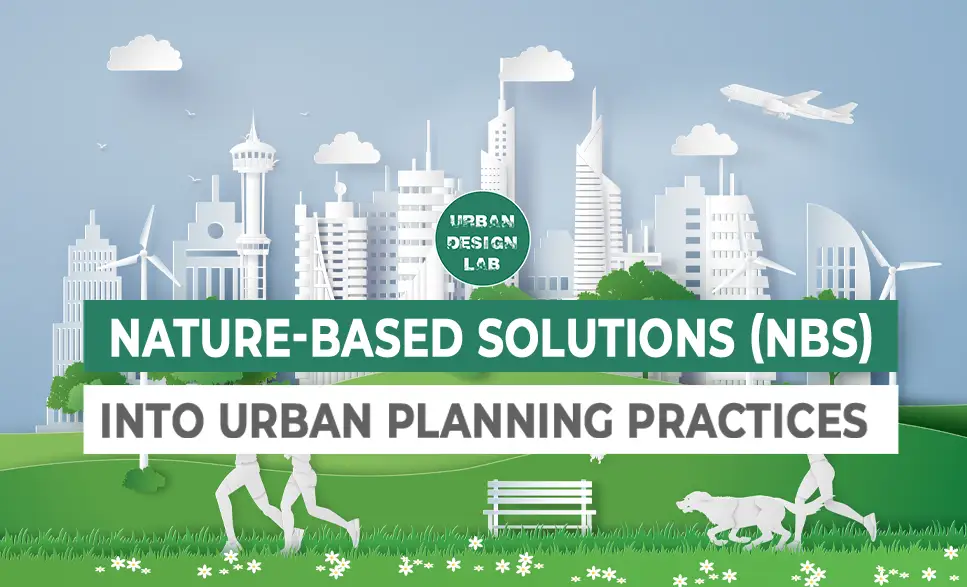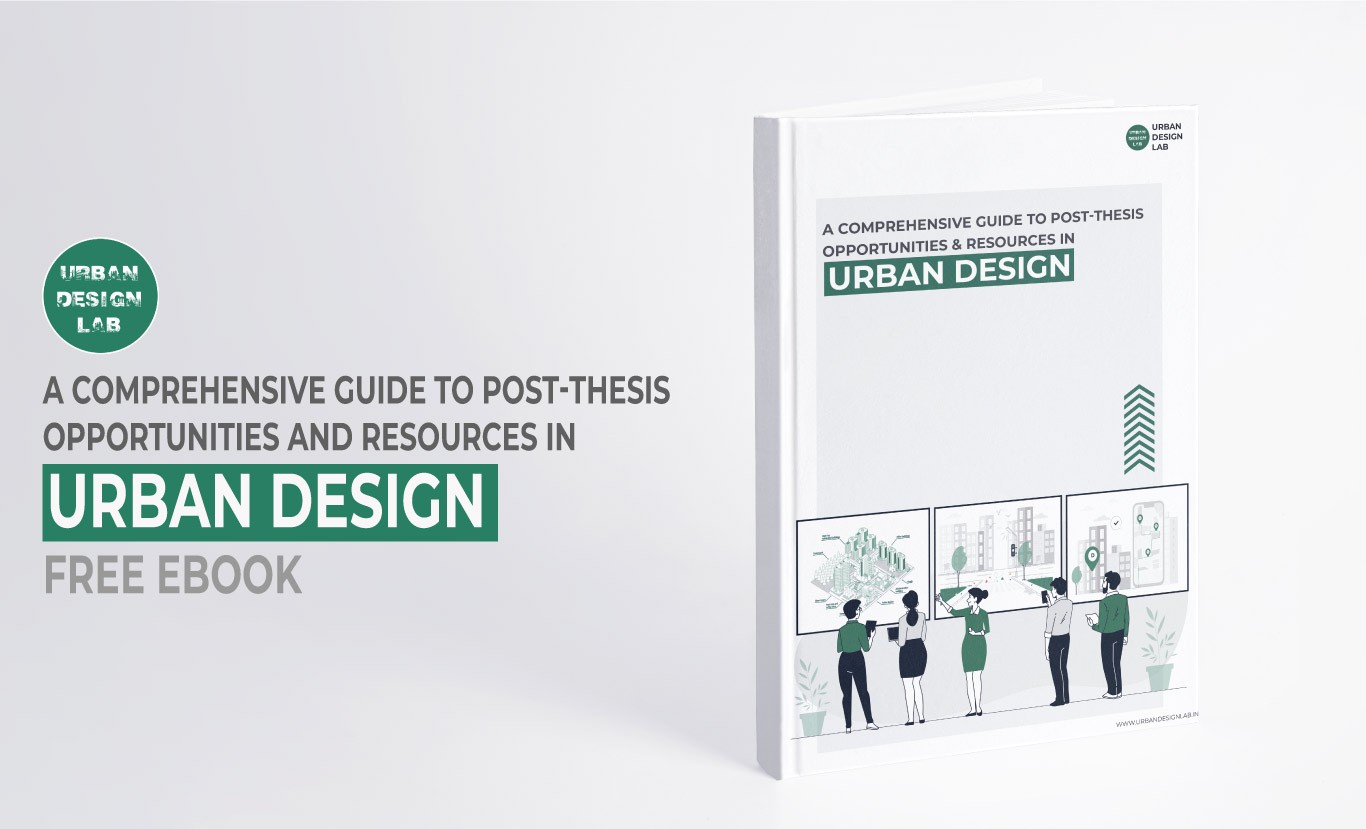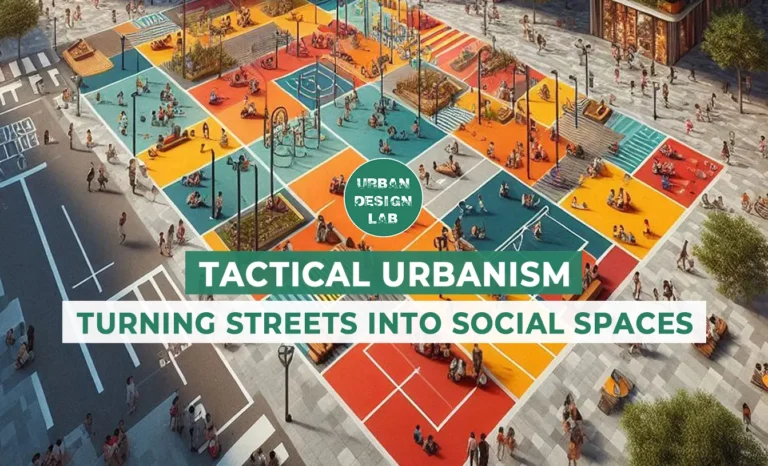
Integration of Rivers in Urban Development

Waterfront Development and the River
Water is one of nature’s elements which is very much important for our survival. Our bodies are also 70% water, kids’ stuff-right? Why are we not respecting water as a resource knowing very well that fresh water is a finite resource and we are still overlooking the state of freshwater bodies around us?
In a not-so-recent visit to the Gomti Riverfront Park, in the city of Lucknow, the urban intervention has been positive and added to the expanse of the city. It has added to the value of the region, a place filled with people of all ages alike, the urban landscape providing them with a calm space for all leisure activities, to sit, jog, run or just gaze at the setting sun through the array of trees and at the dawn one is met with fountains, light studded pathways and full of vendor activity for the kids and adults alike. A selfie-worthy place and even a pre-wedding shoot going on. It can be gauged as a micro project which is adding to the economic benefit and adding a spot for social confluence.
All the good stuff on paper and reality aside, the ‘Front’ park would check all the boxes somehow but the ‘River’ is not in a good state. The channelization of the river in the first place by the construction of concrete embankments for the development of the Beautiful Riverfront development has robbed the river of its natural flow by reducing the river channel by 150 meters, the river water is dirty and smelly at the same time, it seems to be stagnant. The river cannot be observed in its pristine natural form as one can just stand on the grilled embankment and see a canal of urban water bodies flowing through the city. The project fulfils the aspect only for the commercial part and nothing concrete was done to revive the river. (Moudgil, 2019)
What Urban River Conservation Programs lack?
The river originates in the mountains and crosses through the plains to discharge into the sea. At present, the rivers are discharging a lot more stuff than just draining the water in the seas. Since earlier times, the human settlements have taken place around the water bodies, catering to almost all the needs of the population surviving there and then.
The river conservation programs need to cater to the ecological, social, and economic dimensions as a whole.
1. Agriculture pollution
First is that the farmers have to draw water from the rivers for the process of irrigation and the river water gets polluted as it comes down from the slopes. The second part is the use of chemical pesticides and insecticides in the agriculture fields near the river bed, the runoff after irrigation or rainfall, towards the river channel in addition to polluting the groundwater.
2. Sewage and wastewater disposal
Sewage, garbage, and wastewater discharged from the residential units are directly dumped in the river bodies. Even the water channels carrying the sewage water from the whole city get dumped directly into the river because either the water treatment plant is not in place or has inadequate capacity for the amount of water to be treated. The river channel is used as the natural drainage which is harming the ecology of the river by increasing the organic and inorganic content by manifolds beyond the carrying capacity of the river body.
3. Religious Activities
Several idols are still immersed in the river which is not made of mud and natural paints. Many states have banned the immersion of idols and have proposed alternative guidelines for the disposal of idols with the construction of local sites. Rivers such as Ganga and Yamuna are considered the holiest rivers and many religious activities take place on the bank of the rivers in excess. Dipping in the river water of Ganga and Yamuna is considered auspicious but people have experienced skin allergies and diseases confirming the pollution levels in the rivers.
4. Water Extraction
Excess extraction of river water for domestic and industrial uses affects the flow capacity of the river.
5. Concretization of river embankments
The river beds have been concretized in some regions which affect the ecology of the river as a whole turning it into a canal with roads and other activity on the sides of it. It robs the river of its natural character of flow and seasonality.
6. Encroachment
On the banks of the rivers and the floodplains causing damage to the riverine ecosystem, decreasing the groundwater recharge capacity, and increasing the chances of flash floods in the region. The groundwater recharge is hampered due to the excessive runoff from the constructed floodplains. The riparian buffer system has also collapsed, the added outcome of encroachment leading to ecological imbalances. The floods are also the outcome of concretization of river channels and dumping of excessive waste, which eventually in the case of flood leads to a spread of disease.
7. Excess Sand mining
On the beds of the rivers has affected the river course, adding to the eroding of river banks and flooding. The groundwater recharge is hampered in addition to the destruction of the natural ecological balance.
8. Industrial waste
Industries require huge amounts of water for their manufacturing or functioning processes and then the waste is being dumped in the rivers or other water bodies. Industrial waste includes organic, inorganic, and chemical waste, and dumping in the rivers without proper treatment is a cheap alternative for the manufacturing units. (Dwivedi, 2017) (Hina, 2021) (Shivali Jainer, 2020)
These major issues are just the tip of the iceberg with the implications of disturbing the river ecology going far affecting the biodiversity as a whole. Till now the river ecology has been studied and worked out in isolation, and the urban growth that has haphazardly taken place directly affects the water bodies and the environment. The water bodies have dried out and encroached upon and the surfaces for groundwater recharges have also diluted. The dissolution of harmful chemicals in the water bodies will gradually have an adverse effect on the living system.
The way forward, we need to revive the water bodies, rejuvenate the rivers and the rivers, forests, and all the natural resources, there is a need to build and develop with keeping the resources in their natural state and working out a solution for the same, without harming the ecology. The urban ecosystem, the urban ecology needs to dictate the future of the cities.
River Centric Urban Planning Guidelines
The Ministry of Urban and Housing Affairs has come up with the River Centric Urban Planning Guidelines last year. The document outlines the government vision of clean rivers, safe drinking water for all Indians, sustaining and nourishing life, and efficient use of water in irrigation through micro-irrigation techniques by 2030.
It is a Planning guideline for the state’s planning departments and urban local bodies. It outlines a very basic profile of how rivers have been at the receiving end of unprecedented urbanization and the amount of untreated sewage water is polluting the rivers.
The main objectives include-
- Highlight- the need for river-centric master planning, urban river management, and planning, and guiding cities and towns
- Preparing framework-for river water conservation and development of river waterfront
- Devising development regulations/zoning for riverfront development
- Recommending planning strategies for river water management and riverfront development as a part of sustainable urban planning and development
It goes on to explain the need for Urban River water conservation in terms of biodiversity, ecology, economy, and sociology (Riverfront Development) highlighting the factors responsible broadly as
- Encroachment of floodplains
- Discharge of untreated waste
- Waste containing harmful chemicals-heavy metals
- Reduction in the riparian buffer space
It highlights the river regulations in terms of the River Conservancy Act of 1884; National Water policy 2012; River Regulation zone-notification under the Environment Protection act 1986; and some state-wise notifications. The river regularization zone classifies the zone and the activities as Prohibited Activity Zone; Restricted Activity Zone and Regulated Activity Zone. The strategies for River Conservation are divided into three alternative approaches-
- River Ecology Conservation plan talks about the environmental approach to the river
- Integrated Development Scenario- Talks about the integration of the river into the urban fabric and development accordingly to the local and transient requirements giving citizens desirable proximity to the river.
- Post Channelization development- Extension of the integrated development scenario with partial/limited channelization as a precondition.
The broad objectives and framework for the river zonal development plan have been provided. It also talks about the conservation of the river as a natural entity and the restoration process for the natural zones along the river along with maintaining the environmental flow and carrying capacity of the river. The restoration of Tributary streams forms an essential part of the process. It then goes on to add the restoration to complement the beautification of the riverfront and activities that can be an integral part of it along with the conservation of existing structures such as ghats and monuments with sustainable designs.
The Urban River zoning regulations detail the zones defining the prohibited activities in the zones as No Development Zone and high and medium impact zones. It also highlights the regulations for Eco-Sensitive zones and the water bodies. (Ministry Of Housing and Urban Affairs, GOI, 2021) The end implementation and formation of proper regulations lie with the planning departments of the states.
Urban River Management Plan
The Urban River Management Plan (URMP) as a strategic framework for managing urban river stretches in the Ganga river basin highlighting the Components and Guidance notes was developed by the National Mission for Clean Ganga and the National Institute of Urban Affairs in the year 2020. The document explains the elements within the framework for all the river cities in the Ganga River basin and provides detailed instructions on how cities would prepare their URMPs. It expects that the cities with a population of more than one lakh would develop their URMPs in the next two to five years. The document is thoroughly divided into 6 sections-
- Background and context
- Introduction to the River Management Plan Framework
- Detailing the Urban River Management Plan Framework
- Incorporating river consideration into the city’s master plan
- Examples of potential interventions under the URMP
- The process to be followed by the cities for preparing the URMP
The document talks about urbanization and urban river specific to The Ganga River Basin. Around 97 cities exist on the main stem of the Ganga River. The framework depends on pillars of sustainable development-Environment, Economics, and Social. The Design principles include-
- Simple framework-intentionally kept concise and simple, to develop a template for the effective and tangible actions.
- Generic but yet city specific-to have a generic framework to ensure that all the cities have a common vision and associated objectives for the management of the river. It also allows city-specific considerations to be captured in the URMP.
- Synergistic-by acknowledging the role and importance of the other plans that the cities would have by complementing those, such as Master plans, City Sanitation Plans, and Development plans. It even seeks synergies between missions like AMRUT, Smart City Mission, and Swacch Bharat mission.
- A sustainable- framework ensures a clear line of funding and finances for various interventions to be taken under the URMP.
- Measurable-the URMP would act as a living document that can be updated from time to time to respond to the emerging needs. There are provisions for progress to be measurable and quantifiable.
The elements, visions, objectives, and the monitoring and evaluation mechanism is common for all the Ganga River cities; the Interventions and Financing are city-specific. The documents build on the 7 general guidelines for the development published by the IITs, that are-Removal of Encroachments, Restriction of certain activities, Development/restoration of the river bank area, Prevention of the discharge of untreated sewage, Pumping and other infrastructure, Reuse of tertiary treated sewage and Disposal of generated sludge.
The legal sanctity of the document lies in the fact that it is been developed by the National Mission for Clean Ganga, which serves as an implementation arm of the National Council for Rejuvenation, Protection, and Management of river Ganga, under the ministry of Jal Shakti. The timeframe for the projects can be in line with the Master plans or the relevant ongoing missions with the cities having the flexibility to devise their timelines. The short-term interventions may be undertaken within 2-3 years and the long-term within 10 years.
Objectives of URMP Framework
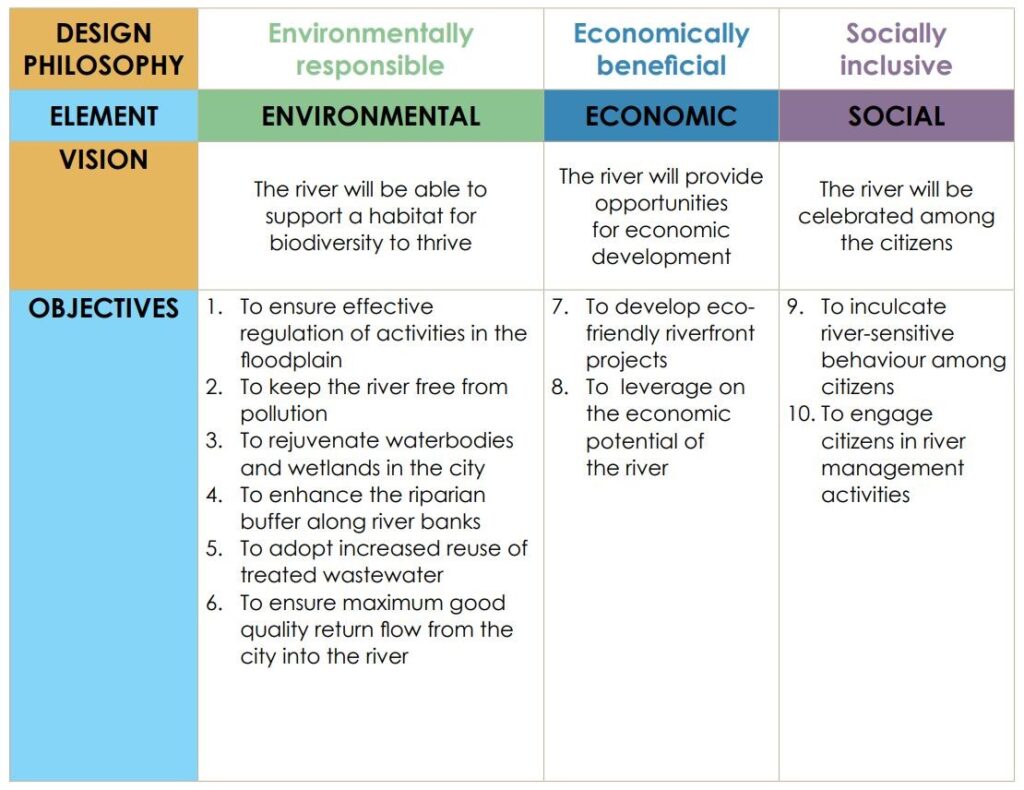
The finances act as the deciding factor in dictating the realization of a plan. The document clearly outlines the source and modality of procuring finances with the leveraging of the finances from the national mission which are in line with the objectives of URMP like the sewerage system can be covered under AMRUT. The rest options are highlighted within the Financing Mechanism section. The potential interventions for all the listed objectives along with the references for research and projects have been provided in the document.
Finally details out on the process to be followed by the cities for the preparation of URMP with providing a template for the intervention brief. (Namami Gange and National Institue of Urban Affairs., November 2020)
Pilot Project in Assi River Varanasi
A cost-effective pilot project that was carried out by INTACH in Assi River in Varanasi for two months in the year 2017. The pollution in the river was decreased by a noticeable 70% without erecting any structures. The densely populated areas discharge the wastewater directly into the river along with garbage. The challenges along the 3.5 km stretch of the river were identified-
- Severe floating garbage disposition
- The high velocity of flow gives little retention for treatment.
- Close encroachments on active channel land
- Several inflows exist in the last 300 m also.
The proposed solutions were-
- Bioremediation method-removing pollutants from water with help of biological substances.
- Introduction of Bacteria Concentrates- which would help in degrading organic pollutants, enhancing the dissolved oxygen levels, and removing odours.
- The retention time was increased by installing soil bags weirs at different locations.
- Coir log bundles were installed with coco-peat inside where the bacteria could thrive and treat the pollutants, serving as a filtering medium to some extent.
- Manual removal of solid floating waste by the municipality.
- When the flow of the stream was reduced by the soil bags and Coir logs the tubular plants carrying the aquatic plants suck the pollutant from the roots. (Bhatnagar, 2017)
The project was a success with even the local people witnessing a decrease in the foul smell and the bathers at the ghat also expressed their pleasure in the cleaning of the river. The project has to be taken up by the state authorities after the demonstration by INTACH for a year but in most cases, the governments are unwilling to put up necessary expertise and overseeing of the projects for the long run. The Hauz Khas lake is an example of the same. (Sehgal, 2017)
The short-term interventions are equally necessary to fulfil the vision of Water for all. Water as a resource is sacred and there is an urgent dire need to act upon and have a blue-rich economy.
The river cannot just be seen as an economic and social entity but also a natural entity that affects humans in more ways that cannot be measured. The human intervention in the Gomti River did beautify the artificial landscape, marring the beauty of the river.
References
Bhatnagar, M. (2017, August 22). INTACH pilot project reduces Assi River Pollution in Varanasi by 70% in two months, at least cost, without any structures. Retrieved from SANDRP-South Asian Network on Dams, Rivers and People. : https://sandrp.in/2017/08/22/intach-pilot-project-reduces-assi-river-pollution-in-varanasi-by-70-in-two-months-at-least-cost-without-any-structures/
Dwivedi, A. K. (2017). Researches in water pollution: A review. International Research Journal of Natural and Applied Sciences, 4(1), 118-142.
Khan, Ahmed & Anavkar, Ankur & Ali, Ahmad & Patel, Nimisha & Alim, Hina. (2021). A Review on Current Status of Riverine Pollution in India. Biosciences Biotechnology Research Asia. 18. 9-22. 10.13005/bbra/2893.
Ministry Of Housing and Urban Affairs, GOI. (2021). River Centric Urban Planning Guidelines . Delhi .
Moudgil, M. (2019, February 4). After pollution, riverfront development chokes Lucknow’s Gomti. Retrieved from MONGABAY-News & Inspiration from Nature’s Frontline in India : https://india.mongabay.com/2019/02/after-pollution-riverfront-development-chokes-lucknows-gomti/
Namami Gange and National Institue of Urban Affairs. (November 2020). A Strategic Framework for Managing Urban River Stretches in the Ganga River Basin-URBAN RIVER MANAGEMENT PLAN (URMP)-COMPONENTS AND GUIDANCE NOTES . https://nmcg.nic.in/writereaddata/fileupload/48_Urban%20River%20Management%20Plan%20framework.pdf.
Sehgal, R. (2017, march 22). World Water Day: Ganga river gets an Intach hope to free itself from being awash in trash. Retrieved from Firstpost : https://www.firstpost.com/india/world-water-day-ganga-river-gets-an-intach-hope-to-free-itself-from-being-awash-in-trash-3347552.html
Shivali Jainer, S. (2020, October 19). Learning from past mistakes: It’s time to save urban rivers. Retrieved from Down to Earth : https://www.downtoearth.org.in/blog/environment/learning-from-past-mistakes-it-s-time-to-save-urban-rivers-73851
Saksham is a writer, researcher, architect and an editor. He is enthusiastic about the natural environment and concerned about preserving the natural essence of space. He believes that words emanating from the soul level have the potency to touch millions of others without any efforts.
Related articles

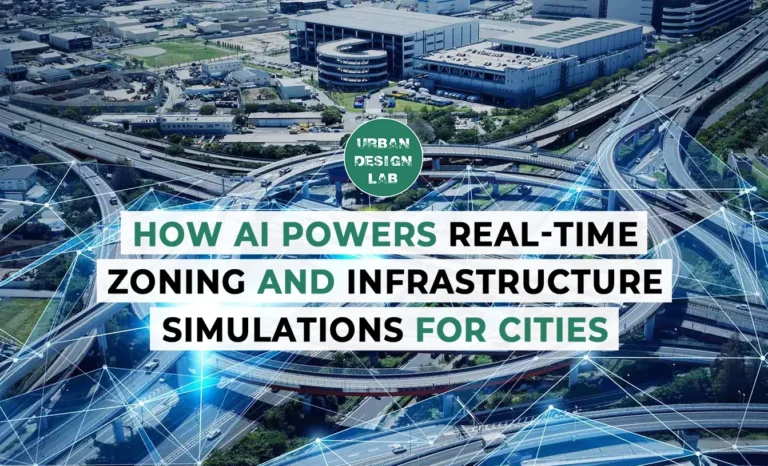
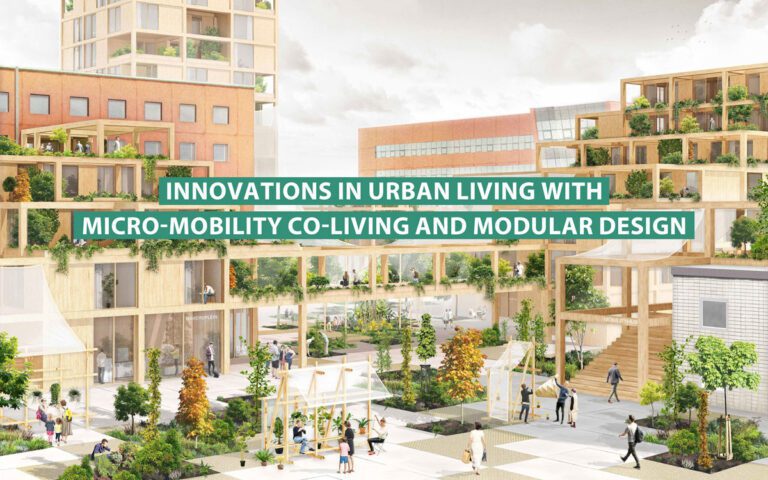
Micro-Mobility and Modular Design in Urban Living
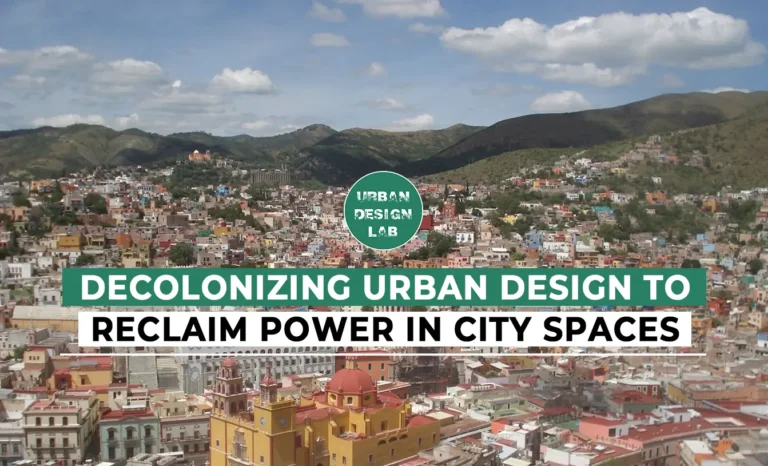

Rethinking Urban Planning Careers in India
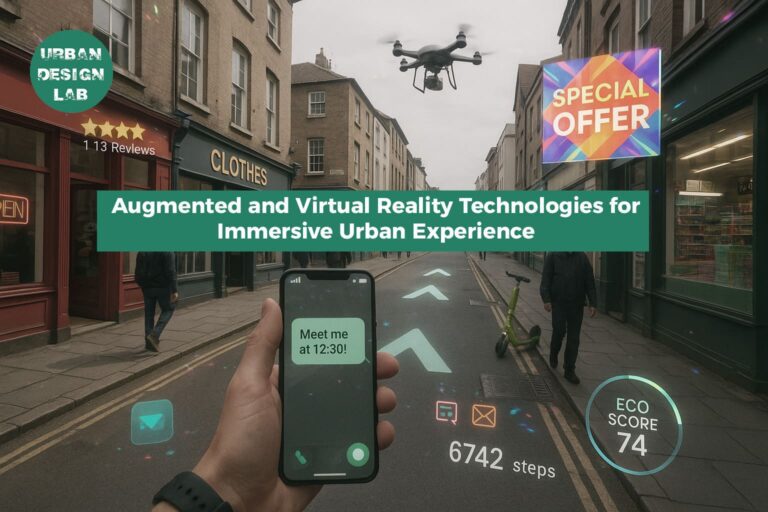
5-Days UDL GIS
Masterclass
GIS Made Easy – Learn to Map, Analyse, and Transform Urban Futures
Session Dates
14th-18th July 2025

Free E-Book
From thesis to Portfolio
A Guide to Convert Academic Work into a Professional Portfolio”
Recent Posts
- Article Posted:
- Article Posted:
- Article Posted:
- Article Posted:
- Article Posted:
- Article Posted:
- Article Posted:
- Article Posted:
- Article Posted:
- Article Posted:
- Article Posted:
- Article Posted:
- Article Posted:
Sign up for our Newsletter
“Let’s explore the new avenues of Urban environment together “


